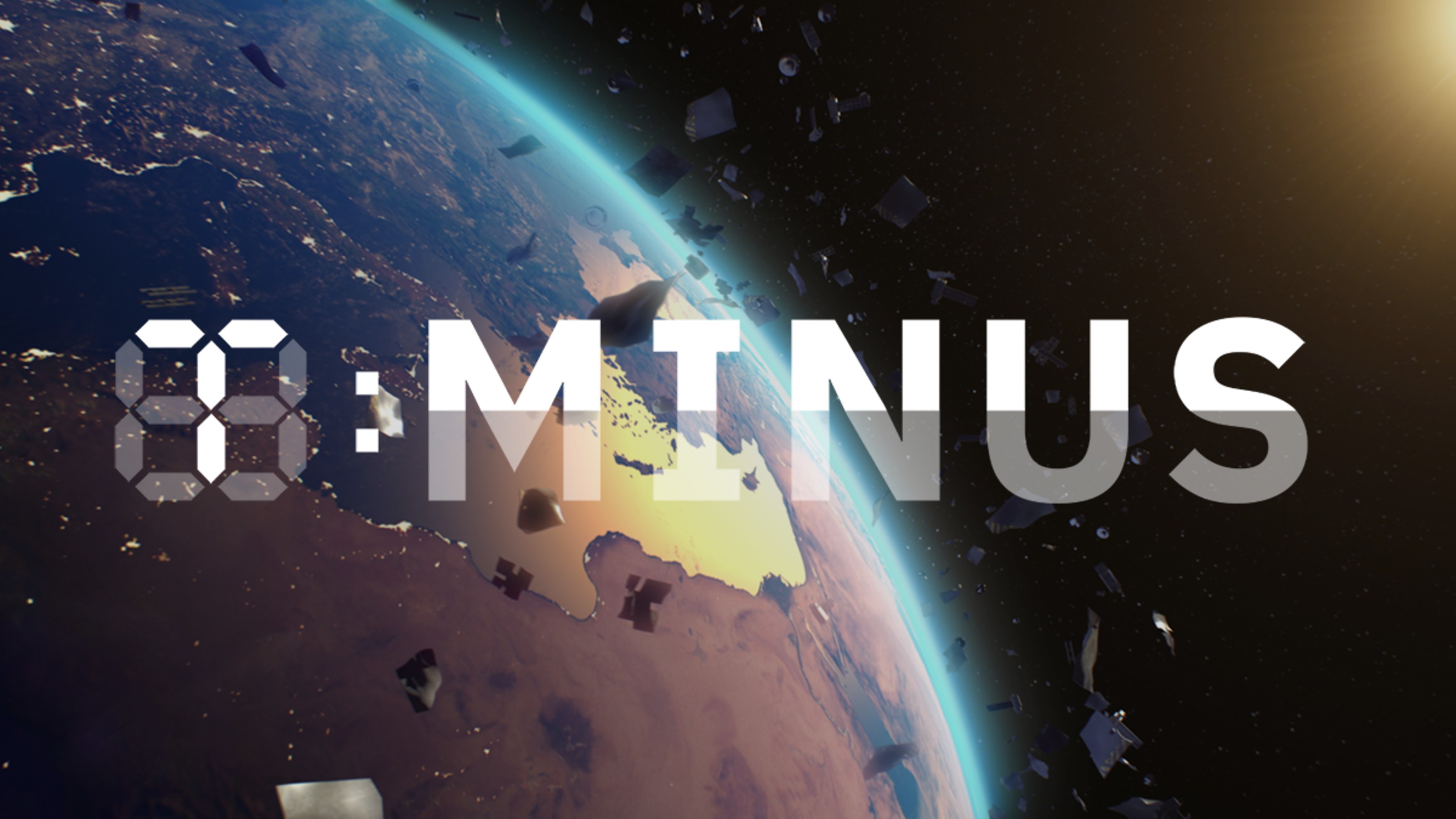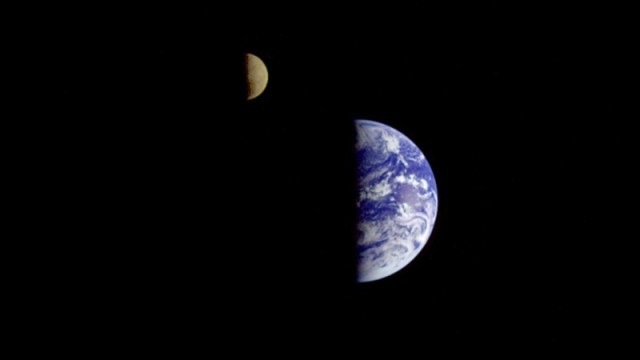A Mission to Return to the Moon and Stay

We have a “been there done that” attitude when it comes to the moon, but the truth is humanity is far from done with our lunar neighbor.
A group of scientists got together to make a case for why we should go back to moon. These arguments have been compiled in the latest issue of New Space.
Establishing a colony on the moon is far more feasible, and a permanent human presence there could open up opportunities for research and deep space travel to Mars. The bigger question is how much is this side trip going to cost us? Could we build a lunar outpost and still have money left over to get to Mars on schedule?
“[I]f costs could be pushed down, funding would be less of an issue and alternative pathways to realization can be considered,”one group wrote.
The last Apollo landing (Apollo 17 in 1972) consumed around $150 billion (by today’s standards)—a budget that exceeds NASA’s current funding several times over. It would be difficult to get the United States government to justify spending such a huge amount of money again to make a trip to Mars, let alone the moon.
These papers, however, illustrate how a lunar base could be maintained for a few billion dollars rather than the tens of billions often cited.
One paper suggests private companies could carrypart of the financial burden. Historically, however, private institutions don’t like risk without the incentive of reward.
“Private enterprise in the history of civilization has never led large, expensive, dangerous projects with unknown risks,” says Neil deGrasse Tyson. He believes the ISS—our low-Earth orbit operations—would be a more enticing offer for private companies than setting up a moon colony. However, there are outliers, like SpaceX, that may be willing to lead the charge.
Why should we go back to the moon?
The International Space Station’s existence shows a permanent human presence in space is possible. The moon would be the next logical step. Its unique environment would lend itself as a natural testing bed for planetary colonization on, oh say, Mars.
“It can provide a testing and proving ground for a variety of important advanced technologies and capabilities,”one group wrote, “including robotics, ISRU, resource depots, deep space crew habitats, closed-loop life support, in-space propulsion, optical communication, and space-additive manufacturing to name a few.”
It’s natural to think that we’ve already “conquered” the moon in our Apollo missions, however, there’s still a lot of work to be done before we launch a rocket (with humans) to Mars. Former NASA astronaut Ronald Garan, believes the moon could be the perfect pilot colony for a mission to Mars. The moon could even operate as a fueling stop before embarking on deep-space missions.
“By doing that, that would open up the entire solar system,” he says. “That enables us to use the resources that are on the moon. It enables us to launch in a much lower gravity field than Earth. It opens up tremendous benefits to the entire population of the Earth by making use of our nearest neighbor.”
What would a moon colony look like?
A lunar base would be sustainable, but not self-sufficient, according to one paper.
They say energy is the top priority when securing a location, which is why we would settle in the north pole of the moon, more specifically, on the rim of the Peary Crater. A site here would provide the maximum amount of solar power compared to any other location. However, this spot is not optimal for communication. So, they suggest a relay station on the moon or in orbit to bounce the connection to the settlement.
The north pole also has a smoother terrain, making it a better option for surface mobility. Also, the poles are expected to contain large amounts of frozen water, which could be extracted for use at the lunar base. There are already scientists at NASA working on a machine that can extract oxygen from the dirt on Mars, so it could be engineered for use on the moon.
These papers suggest its possible to build a development on the moon by 2022 for the low cost of $5 billion. The settlement would allow 10 people to live on the moon for up to a year. Beyond that timeline, they say the moon could eventually sustain 100 residents at one time.
We have the technology, we just need to remove the psychological barriers that are preventing us from going.
“The biggest obstacle is getting everybody together, and getting a vision of a low-cost base as the starting point,” NASA astrobiologist Chris McKay told Popular Science. “If people think it’s going to kill the budget, that just stops the conversation and brainstorming. If we can change the mindset, that starts the conversation and gets people thinking about how to make it a reality.”
***
Photo Credit: ROBERTO SCHMIDT/AFP/Getty Images
Natalie has been writing professionally for about 6 years. After graduating from Ithaca College with a degree in Feature Writing, she snagged a job at PCMag.com where she had the opportunity to review all the latest consumer gadgets. Since then she has become a writer for hire, freelancing for various websites. In her spare time, you may find her riding her motorcycle, reading YA novels, hiking, or playing video games. Follow her on Twitter: @nat_schumaker





